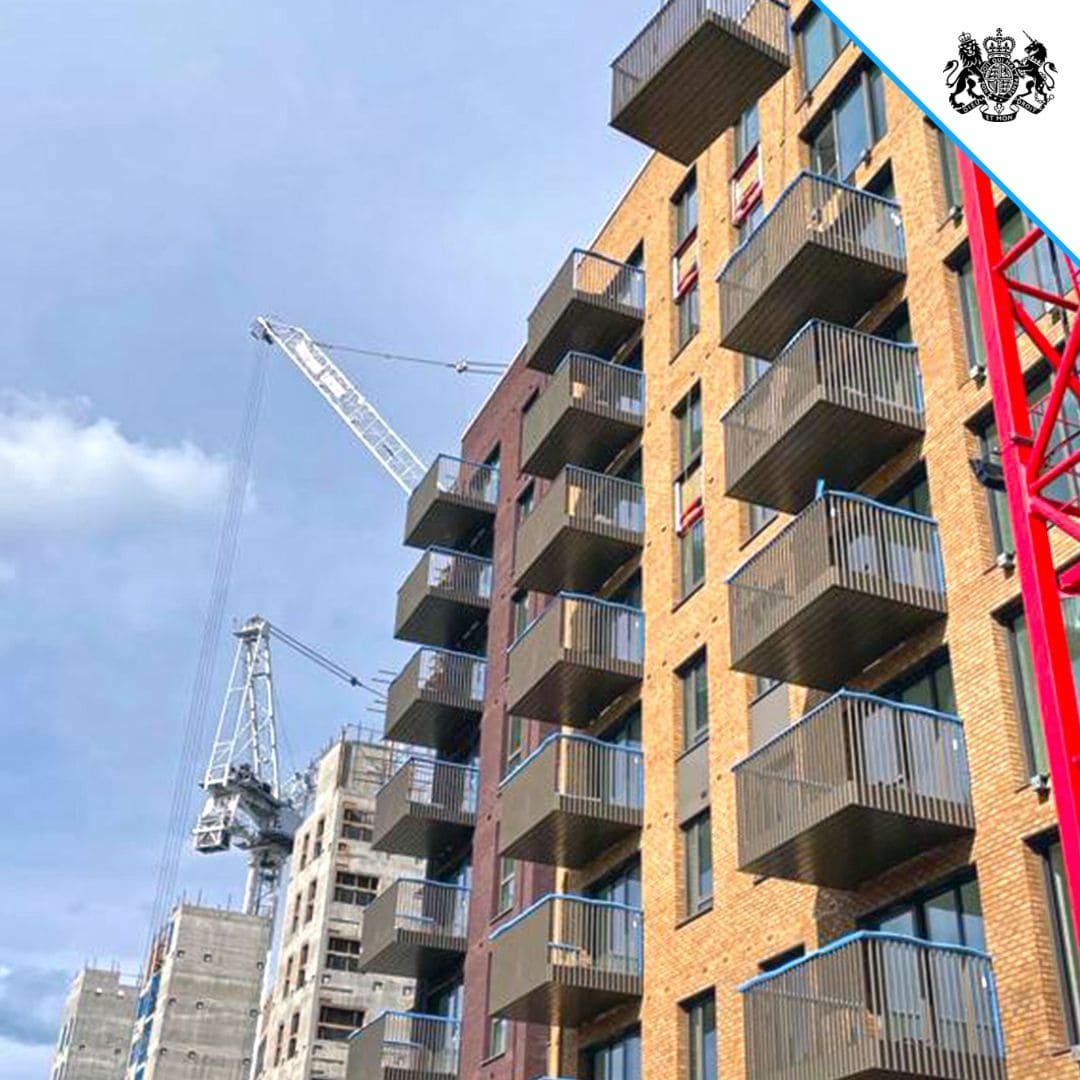Roles of Main Contractors and Subcontractors Under the Building Safety Act: A Focus on High-Rise Buildings
This article delves into the intricacies of these roles, particularly in the context of high-rise buildings.
4/8

The fourth in a series of eight Building Safety Act insights by Blue Chyp.
The Building Safety Act has been introduced to ensure that residential buildings, especially high-rise structures, are constructed and maintained to the highest safety standards. This legislation has brought about significant changes in the roles and responsibilities of main contractors and subcontractors.
- The Building Safety Act: An Overview
Before diving into the roles, it’s essential to understand the Building Safety Act’s primary objective. The Act aims to enhance the safety and performance standards of buildings, with a particular emphasis on high-rise residential structures. It introduces a new regulatory framework that places accountability and responsibility on those involved in the building’s lifecycle, from design and construction to occupation.
- Main Contractors: The Leaders of the Pack
Main contractors, often referred to as principal contractors, play a pivotal role in ensuring that the construction process aligns with the Building Safety Act’s requirements.
- Design and Planning: Main contractors collaborate with architects and designers to ensure that the building’s design adheres to safety standards. They are responsible for understanding the Act’s requirements and ensuring that the design reflects these standards.
- Oversight and Management: Main contractors oversee the entire construction process. They ensure that all subcontractors are aware of their responsibilities under the Act and that their work aligns with the set safety standards.
- Documentation and Reporting: One of the Act’s critical components is maintaining a ‘Golden Thread’ of information throughout the building’s lifecycle. Main contractors are responsible for ensuring that this information is accurate, up-to-date, and accessible.
- Collaboration with the Building Safety Regulator: Main contractors liaise with the Building Safety Regulator, ensuring that all inspections, assessments, and certifications are carried out as per the Act’s requirements.
- Subcontractors: The Specialists on Ground
Subcontractors, given their specialized skills, play a crucial role in the construction process. Under the Building Safety Act, their responsibilities have become more defined.
- Expertise and Quality: Subcontractors are hired for their expertise in specific construction areas. Whether it’s electrical work, plumbing, or balcony installation, subcontractors must ensure that their work aligns with the Building Safety Act’s safety standards.
- Continuous Training: The Act emphasizes the importance of continuous learning and staying updated with the latest safety standards. Subcontractors are expected to undergo regular training to ensure their work remains compliant.
- Documentation: Subcontractors must maintain detailed records of their work, contributing to the ‘Golden Thread’ of information. This includes materials used, methods employed, and any testing or inspections carried out.
- Collaboration with Main Contractors: A seamless flow of communication between main contractors and subcontractors is crucial. Subcontractors must promptly report any issues or concerns to the main contractor, ensuring that safety is never compromised.
- The Interplay Between Main Contractors and Subcontractors
The Building Safety Act emphasizes collaboration and transparency. Main contractors and subcontractors must work together to ensure that the building’s safety standards are met. This collaboration involves regular meetings, training sessions, and joint inspections. Both parties are jointly responsible for the building’s safety, and the Act ensures that there are no gaps in responsibility.
- The Way Forward
The Building Safety Act has undoubtedly raised the bar for construction safety standards in the UK, especially for high-rise buildings. For main contractors and subcontractors, this means a more significant responsibility but also an opportunity. An opportunity to be part of a movement that prioritises safety, transparency, and accountability.
In conclusion, the Building Safety Act has redefined the roles of main contractors and subcontractors in the construction industry. By understanding and embracing these roles, construction professionals can ensure that high-rise buildings in the UK are not only iconic structures but also safe homes for their residents.




